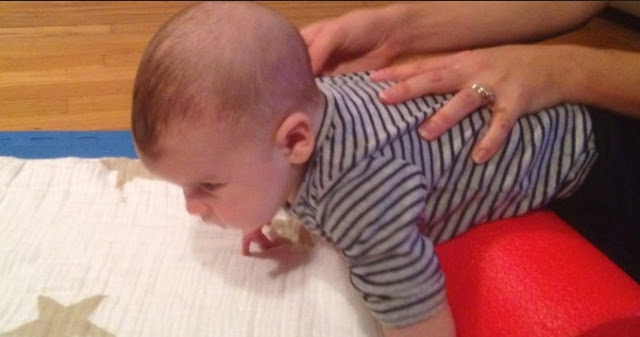How Physical Therapy Helps Children With Hypotonia
How Physical Therapy Helps Children With Hypotonia - Children who suffer from hypotonia have poor muscle tone and the condition is generally detected in infancy. Kids plagued with this condition have an appearance like a rag-doll due to their lack of muscle control and flaccid limbs. The causes of this ailment include brain/spinal cord damage, genetic conditions, disorders pertaining to central nervous system, trauma and environmental factors.
Treatment is mandatory once it is identified by a doctor and physical therapy also helps children with physical problems associated with hypotonia and developmental delays.
Depending on the primary causes, the condition can manifest at any age. Some of the common indications of the ailment include:
This technique enhances the brain’s capacity to identify changes in muscle length. It also helps in the procedure of sending a message to the child’s brain in order to set off contraction. With continuous therapy and regular practice, these responses can be brought about more frequently in order to make your child’s poor toned muscles extra efficient.
Early programs can begin in infancy and can be continued till your child is in school. There are also other therapies that address problems relate to:
There are some children who suffer from hypotonia all through their lives. Regular and consistent therapy will help these children reach their full potential and attain independence.
Improves your child’s muscle strength as well as fine motor control with the passage of time
Improves overall strength of the body
Treats problems caused by poor muscle tone like displacement and taut muscles. Regular therapy averts deterioration in the future and problems related to your child’s movement.
Improvement in your child’s self-confidence and enthusiasm
If you notice symptoms related to hypotonia, consult a doctor and also a certified and skilled professional providing physical therapy for children.
Treatment is mandatory once it is identified by a doctor and physical therapy also helps children with physical problems associated with hypotonia and developmental delays.
 |
| How Physical Therapy Helps Children With Hypotonia |
The Common Symptoms
Depending on the primary causes, the condition can manifest at any age. Some of the common indications of the ailment include:
- Poor, reduced, or no head control at all
- Poor reflexes
- Weak posture
- Signs of delay in motor skills like crawling
- Reduced motor skills development like grasping a color pencil or crayon
- Speech problems
- Hyperflexibility
Evaluation & Physical Therapy
Once the primary cause is determined, a full medical team will conduct tests to assess your child’s motor skills, nerve functionality, reflexes and sensory skills. There are also diagnostic tests to assess the functioning of nerves, muscles and brain, and then identify the need for physical therapy. The evaluation by a professional medical team helps in the development of an intervention plan which includes different physical techniques. Doctors can also suggest an individualized plan, addressing your kid’s definite symptoms and problems resulting out of hypotonia.How Your Child’s Physical Therapist Can Help
A certified and experienced therapist will help in the treatment of this condition. Muscle tone being an involuntary response, changes in your child’s muscle tone can be made. It can be done employing ‘sensory integration treatment’ methods, resulting in increased alertness of the muscle.This technique enhances the brain’s capacity to identify changes in muscle length. It also helps in the procedure of sending a message to the child’s brain in order to set off contraction. With continuous therapy and regular practice, these responses can be brought about more frequently in order to make your child’s poor toned muscles extra efficient.
Early Physical Therapy Programs
Early programs can begin in infancy and can be continued till your child is in school. There are also other therapies that address problems relate to:- Speech
- Swallowing
- Breathing
Use of Special Toys
Your child’s therapist may use special toys and other assistive devices to help in the development of gross and fine motor skills. It also toughens and stretches muscles, as well as improves coordination. Many therapists often include parents in the program to ensure that all therapies at home are done with precision and accuracy.
Benefits Derived from Therapies
There are some children who suffer from hypotonia all through their lives. Regular and consistent therapy will help these children reach their full potential and attain independence.Improves your child’s muscle strength as well as fine motor control with the passage of time
Improves overall strength of the body
Treats problems caused by poor muscle tone like displacement and taut muscles. Regular therapy averts deterioration in the future and problems related to your child’s movement.
Improvement in your child’s self-confidence and enthusiasm
If you notice symptoms related to hypotonia, consult a doctor and also a certified and skilled professional providing physical therapy for children.